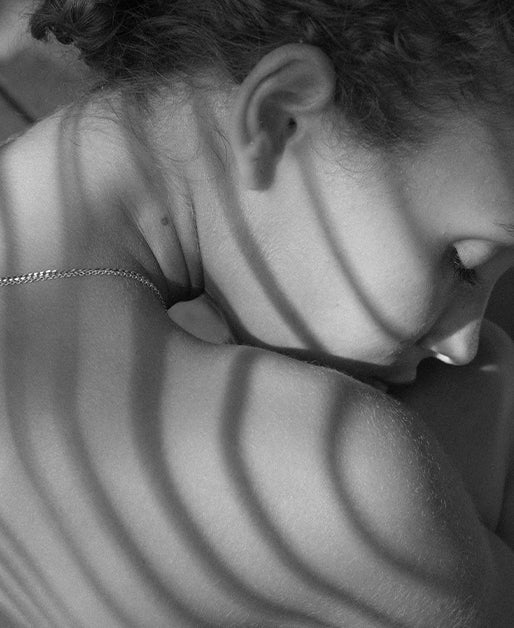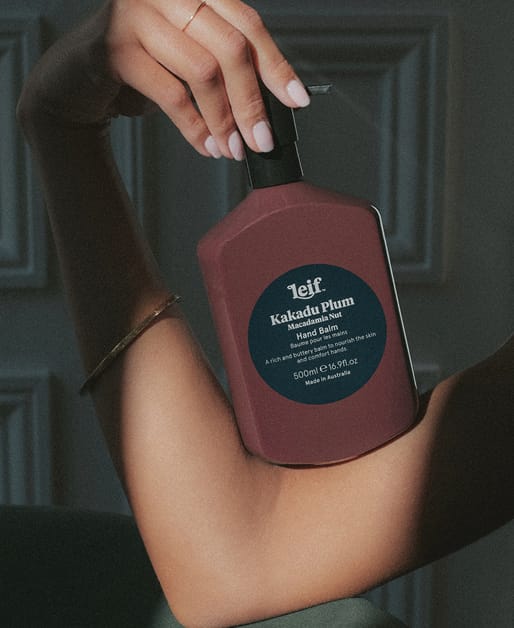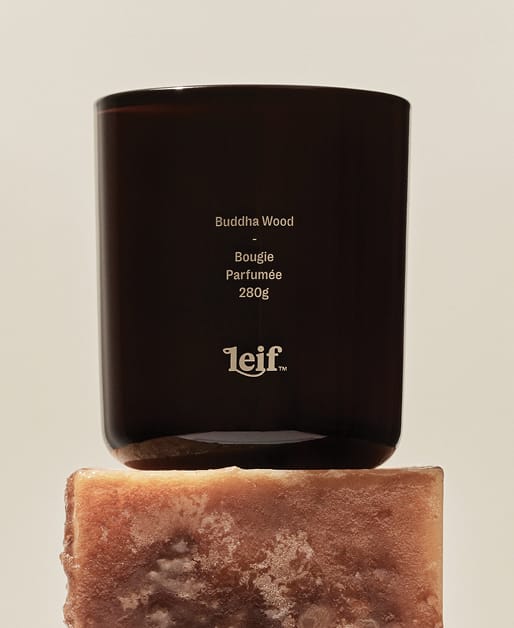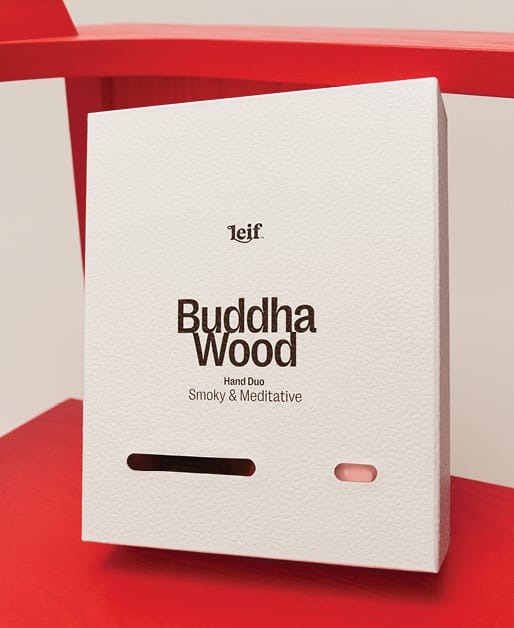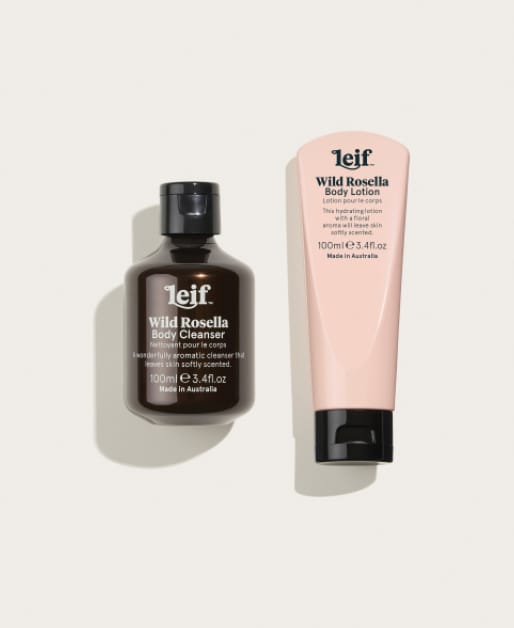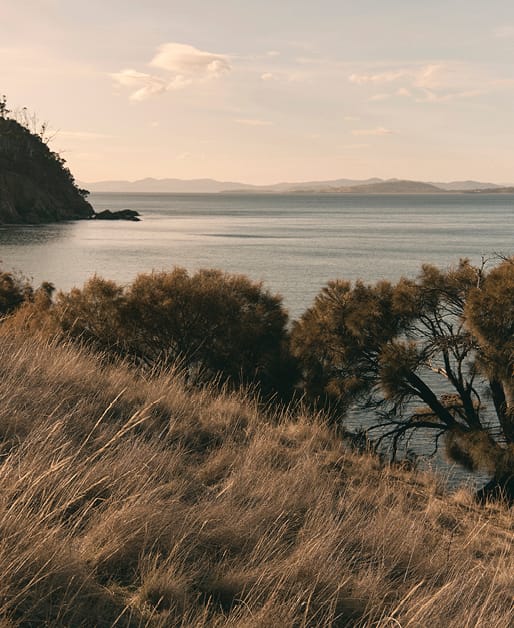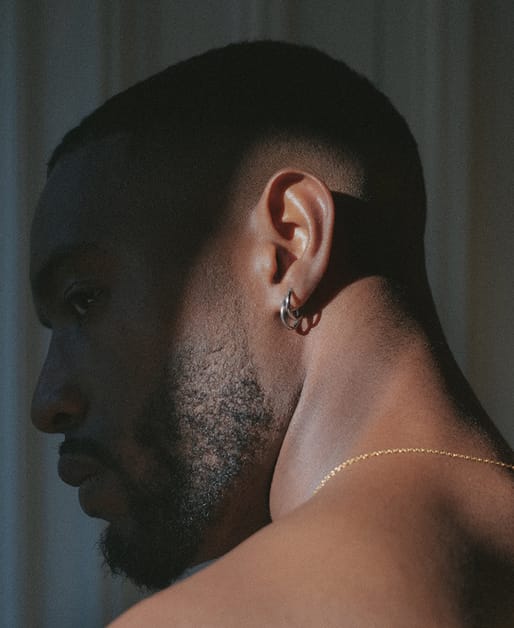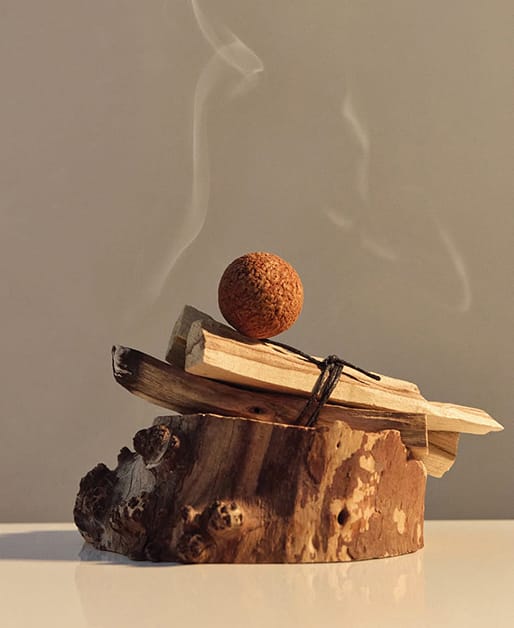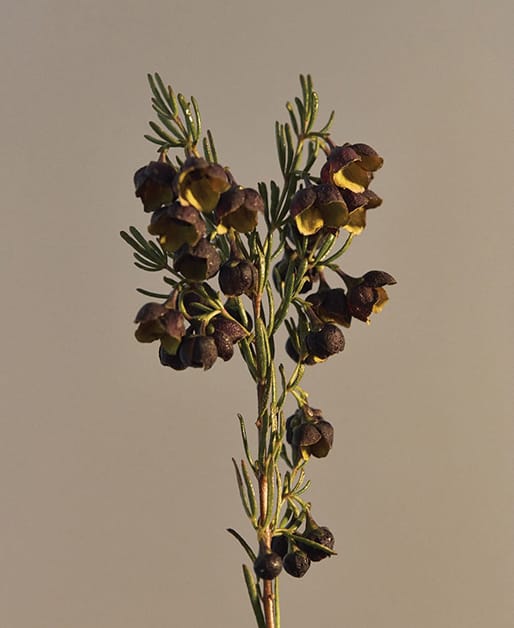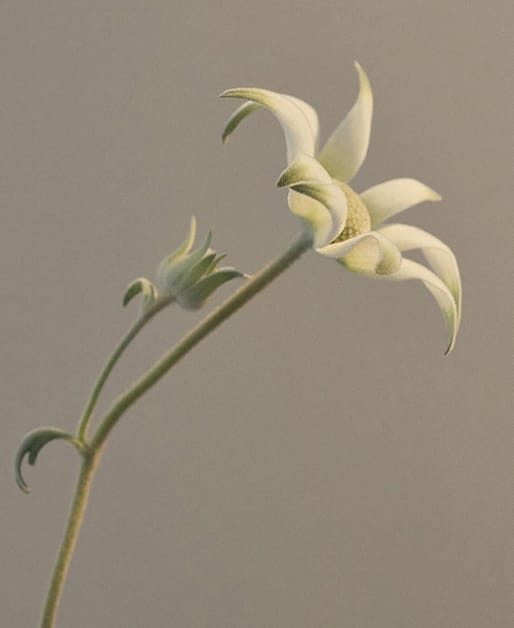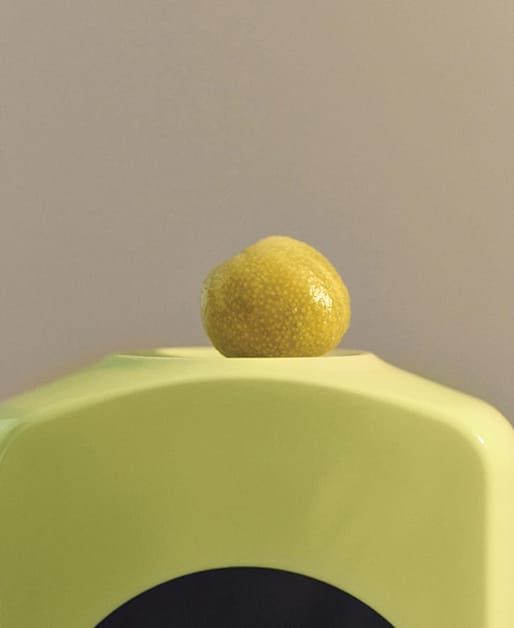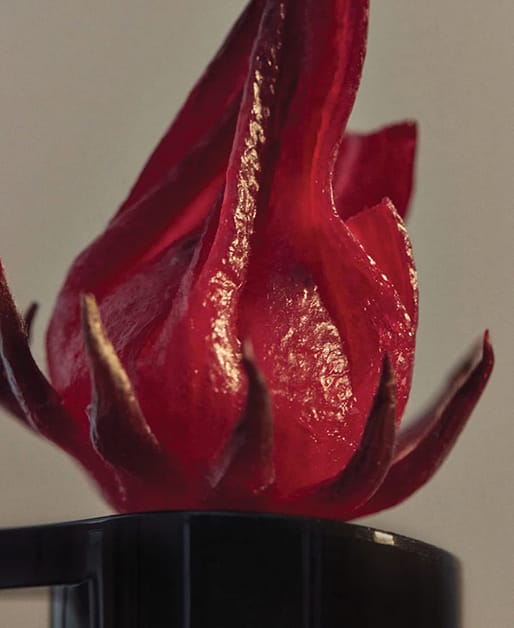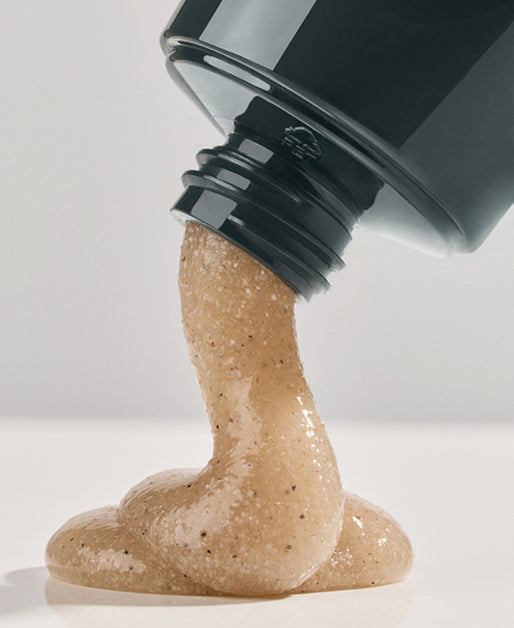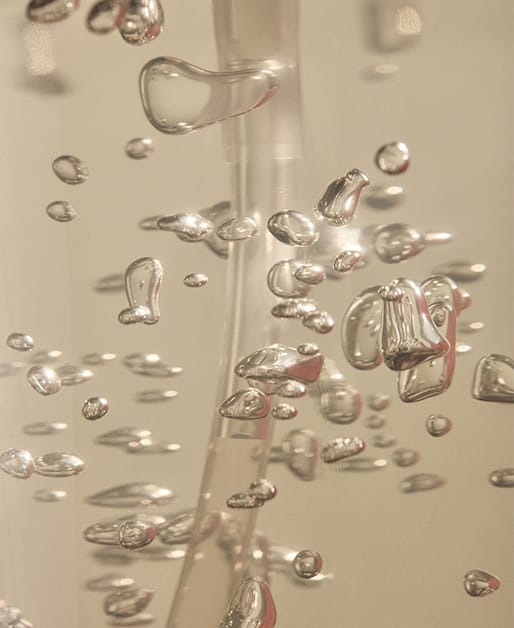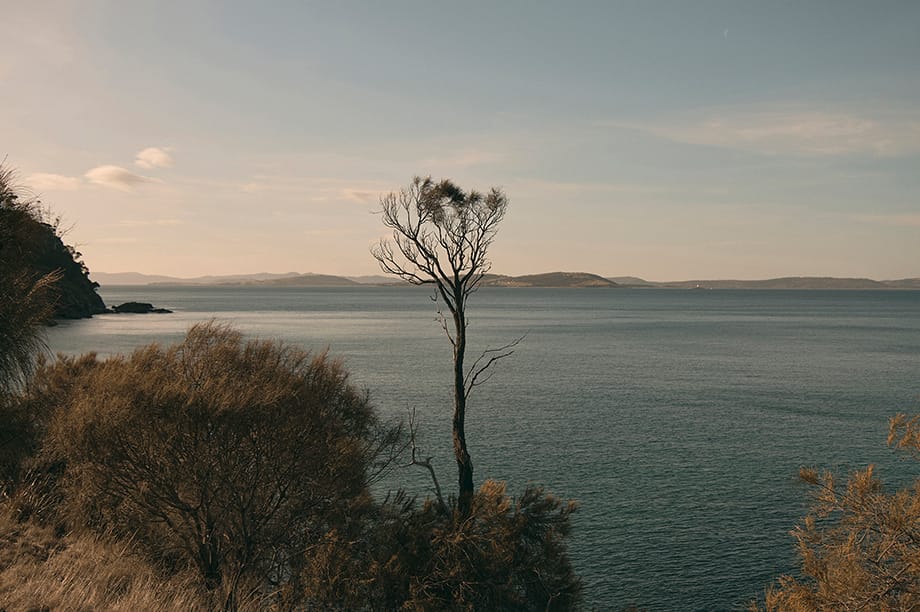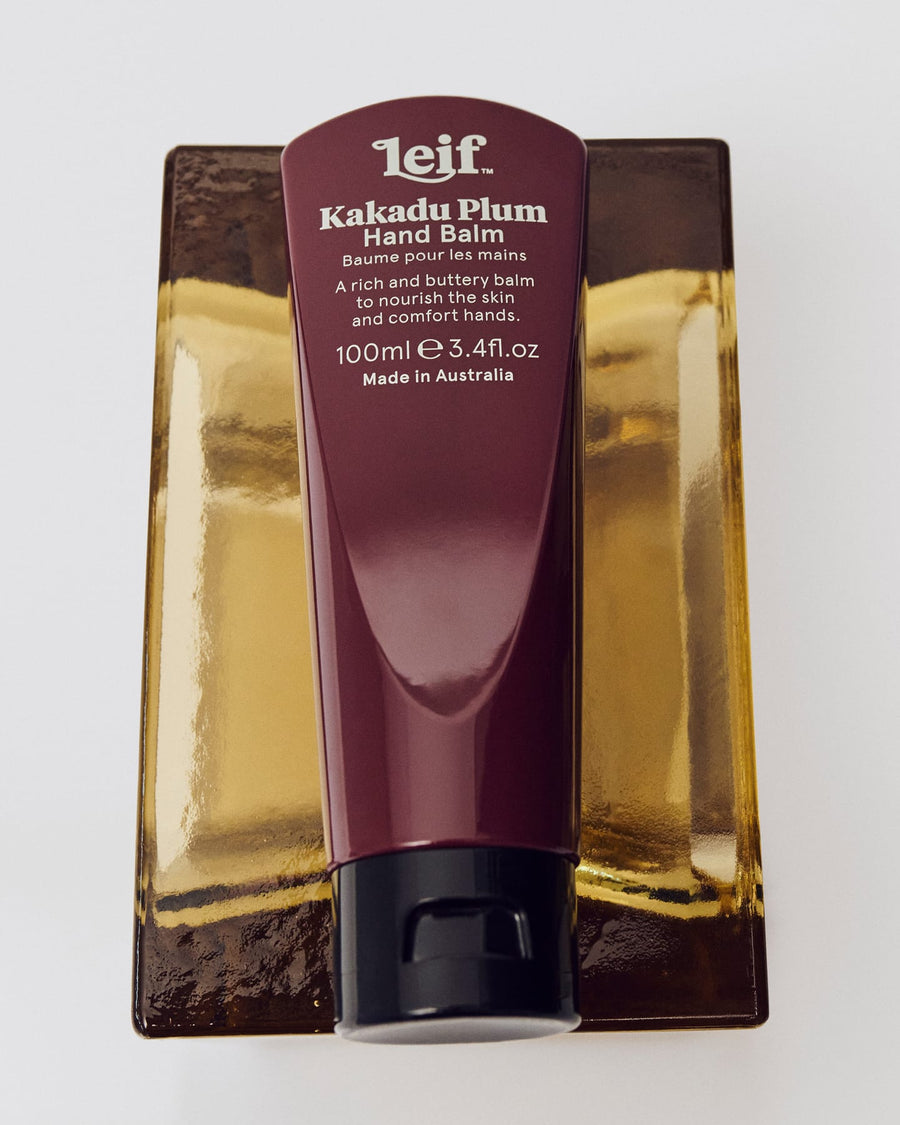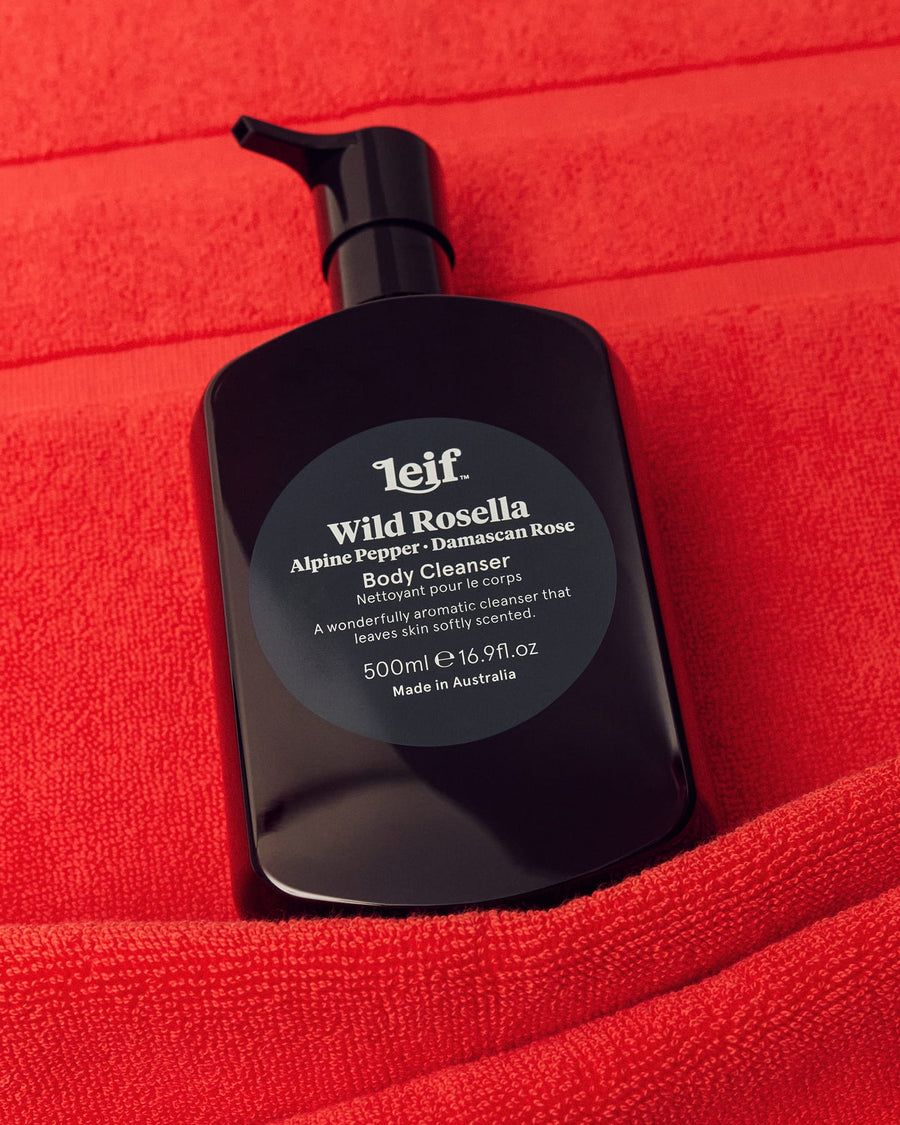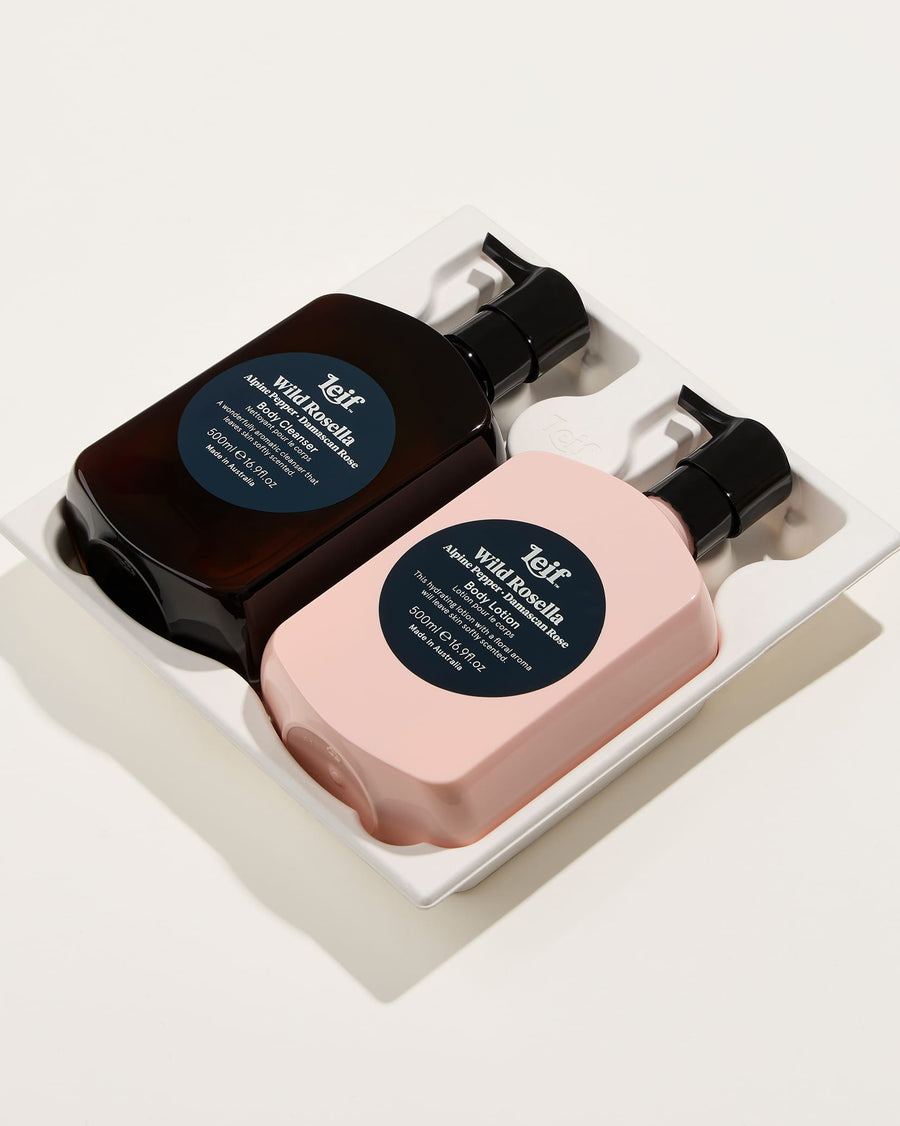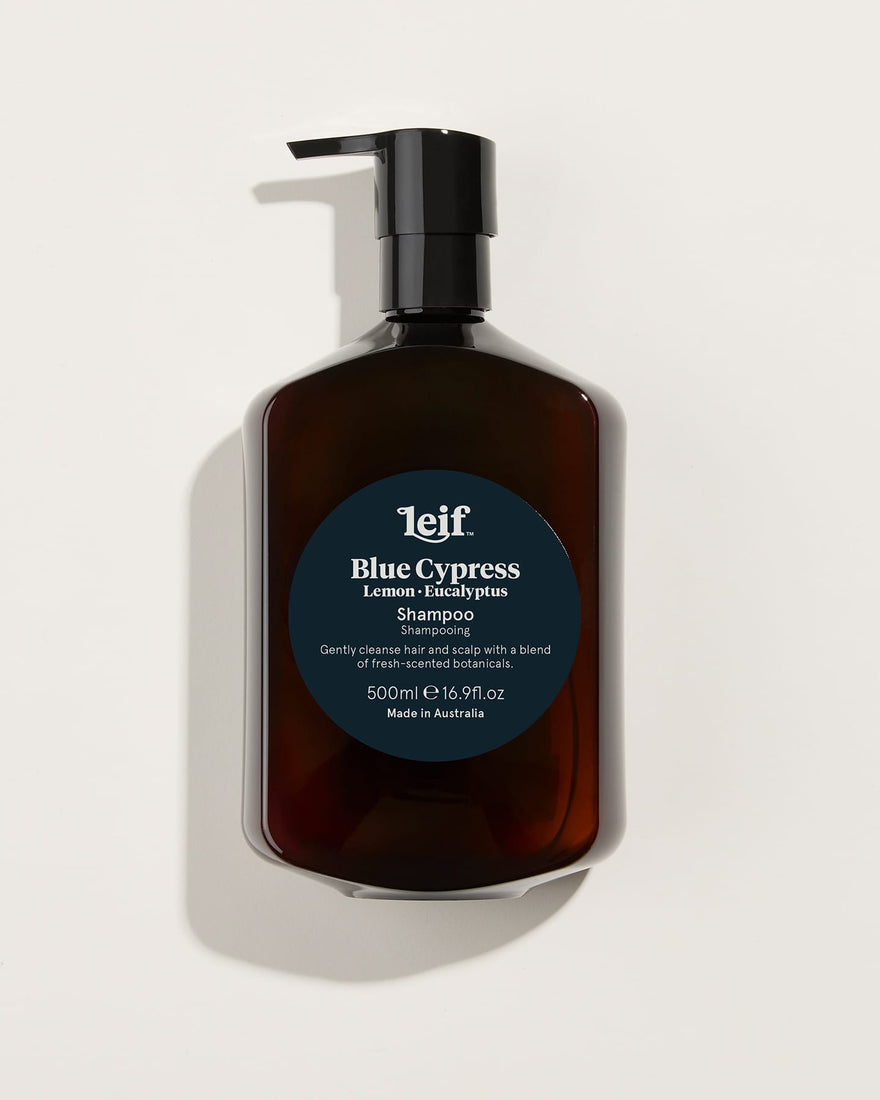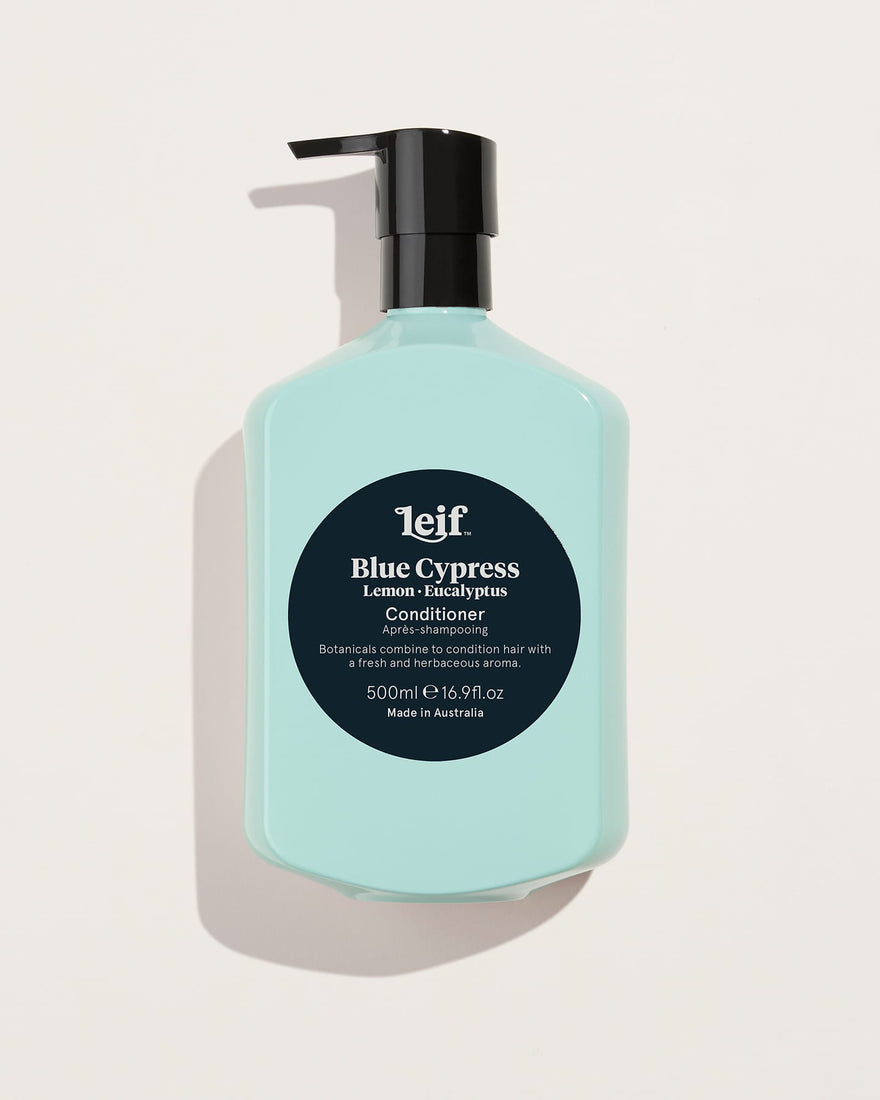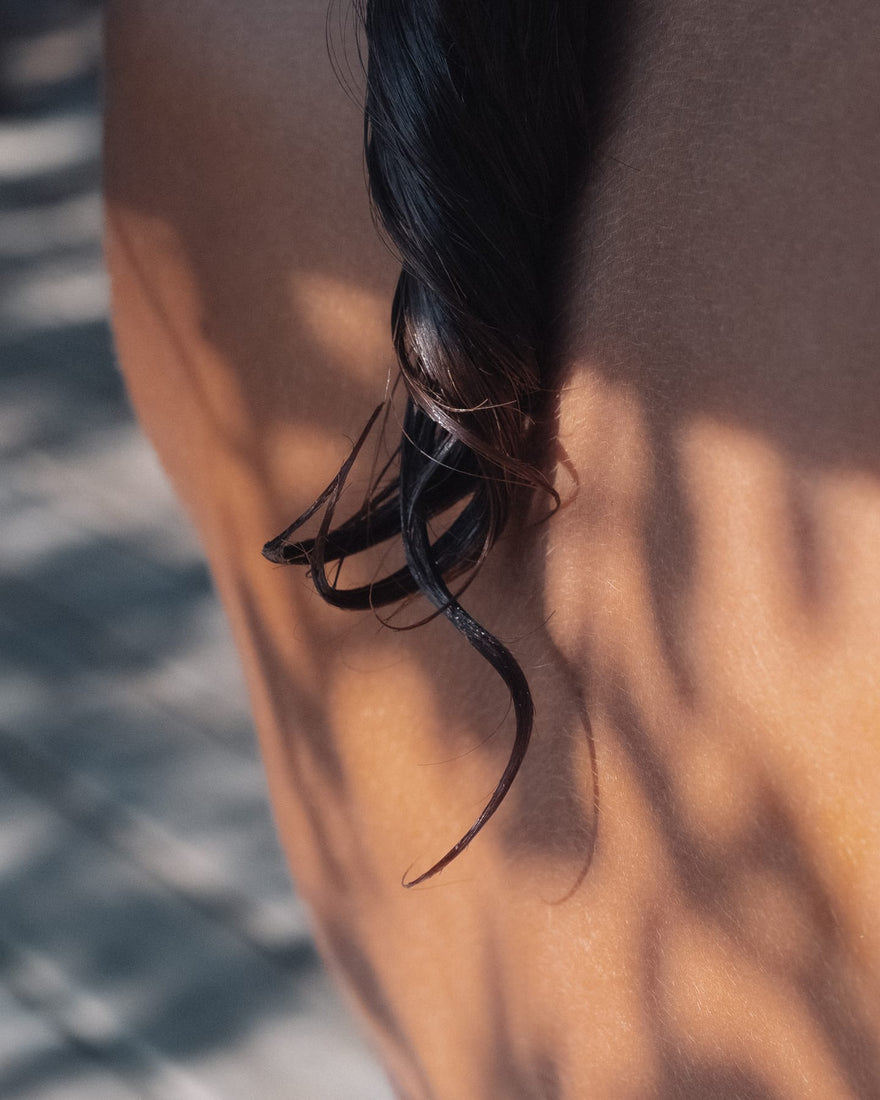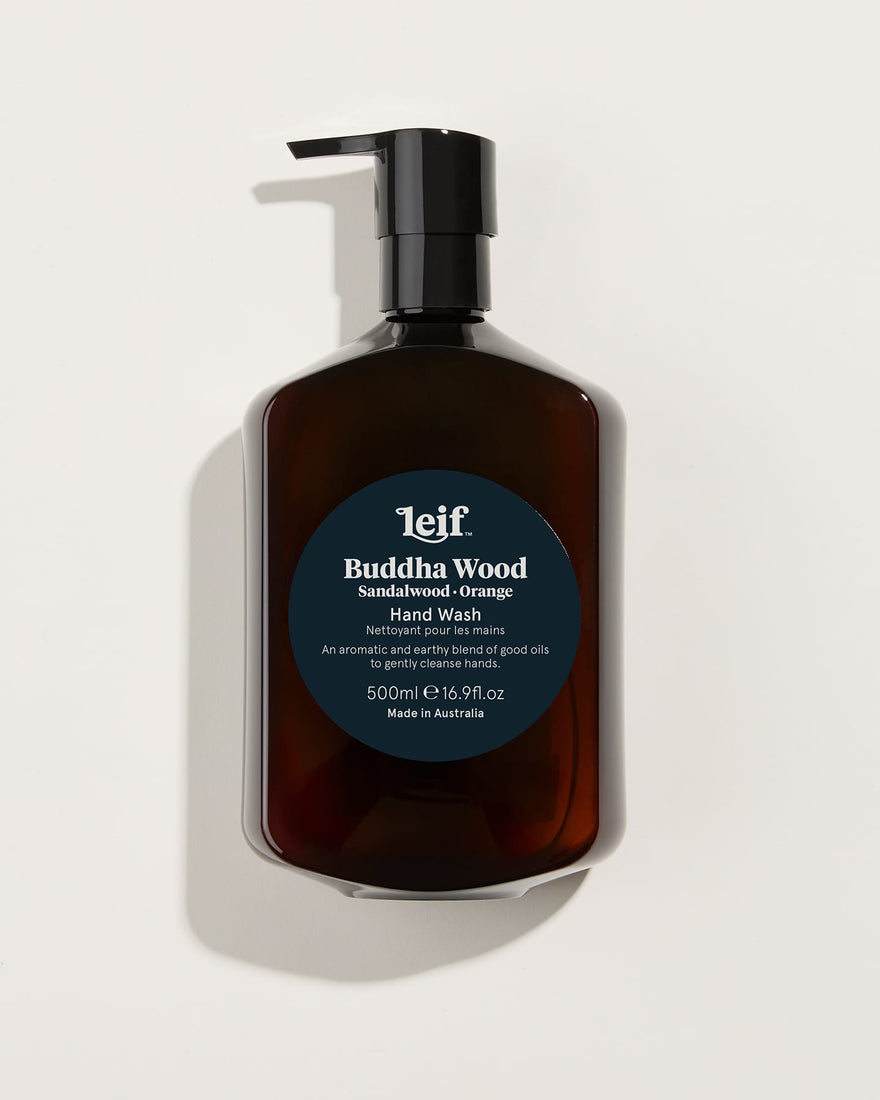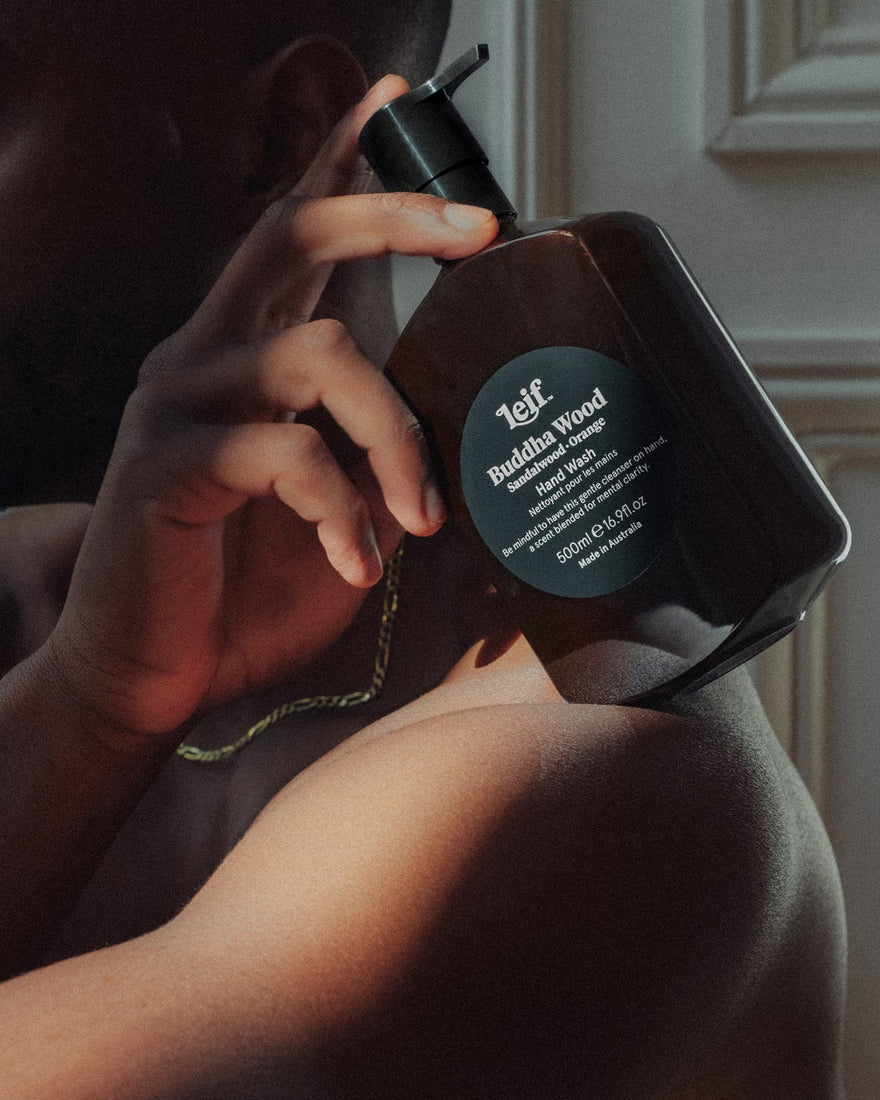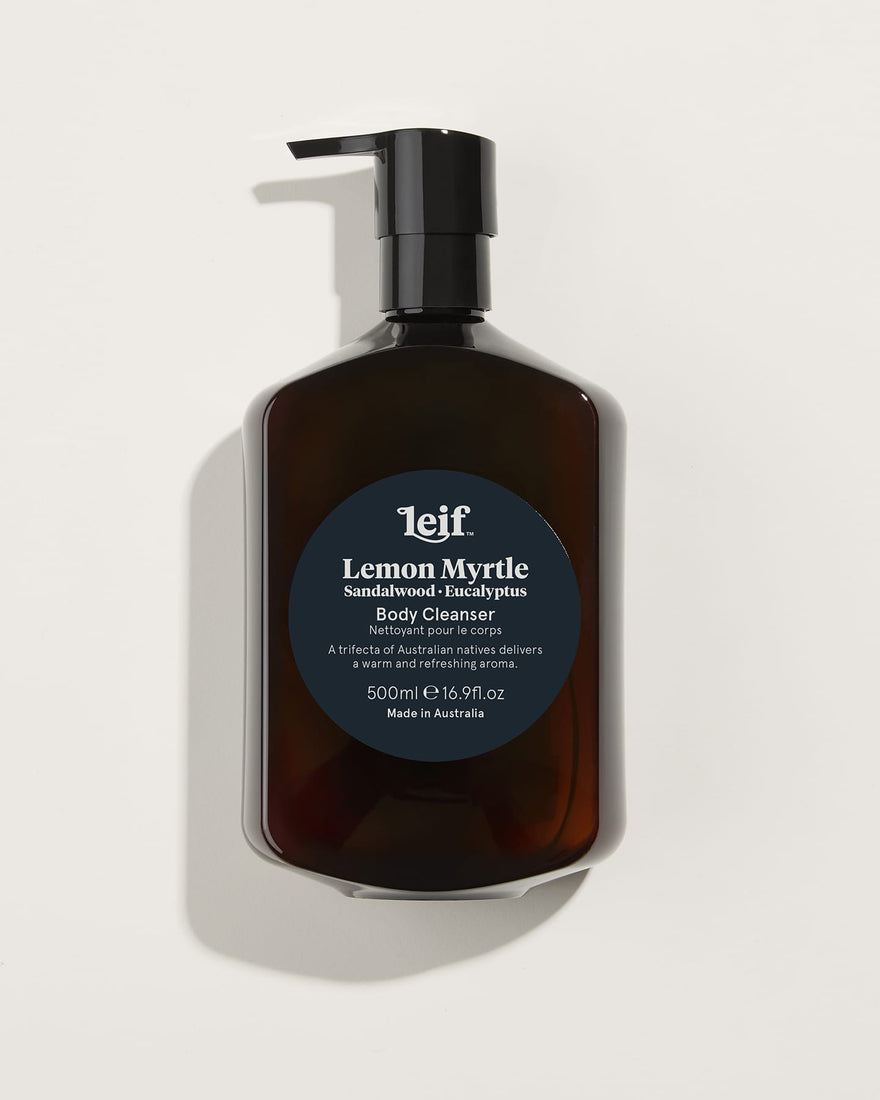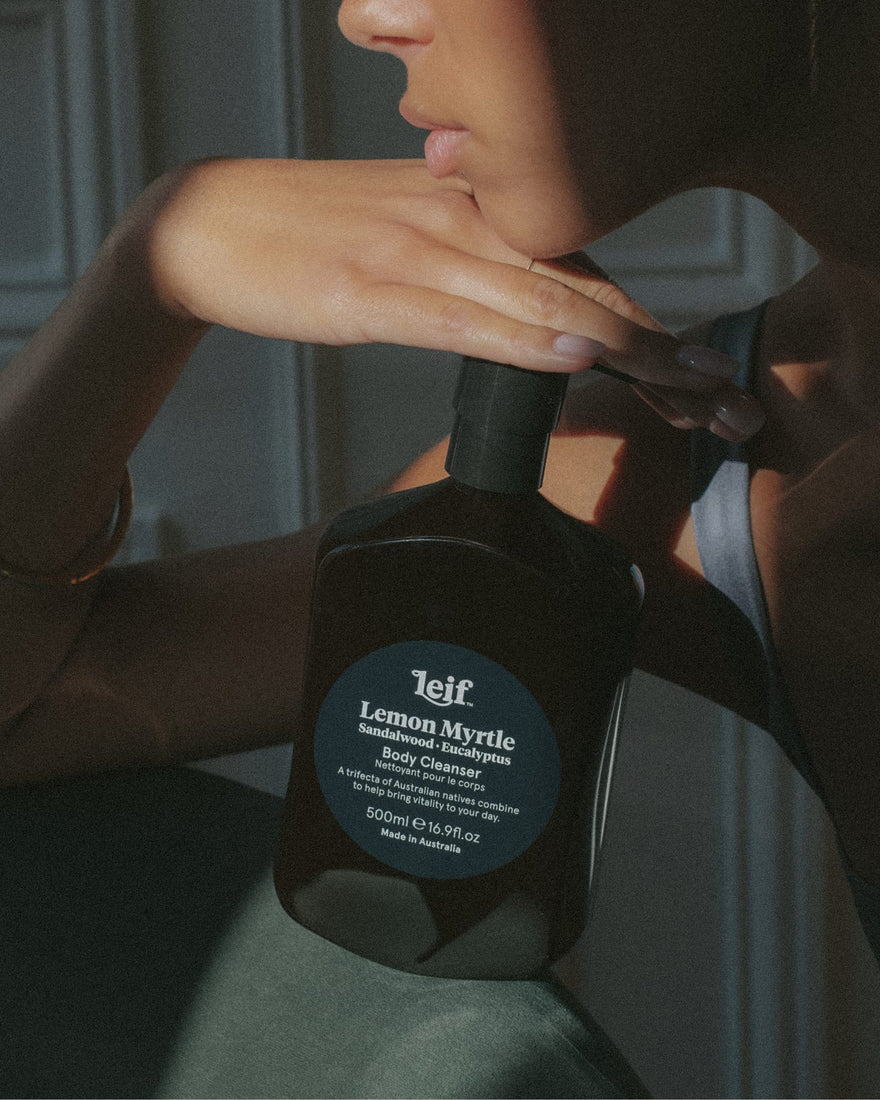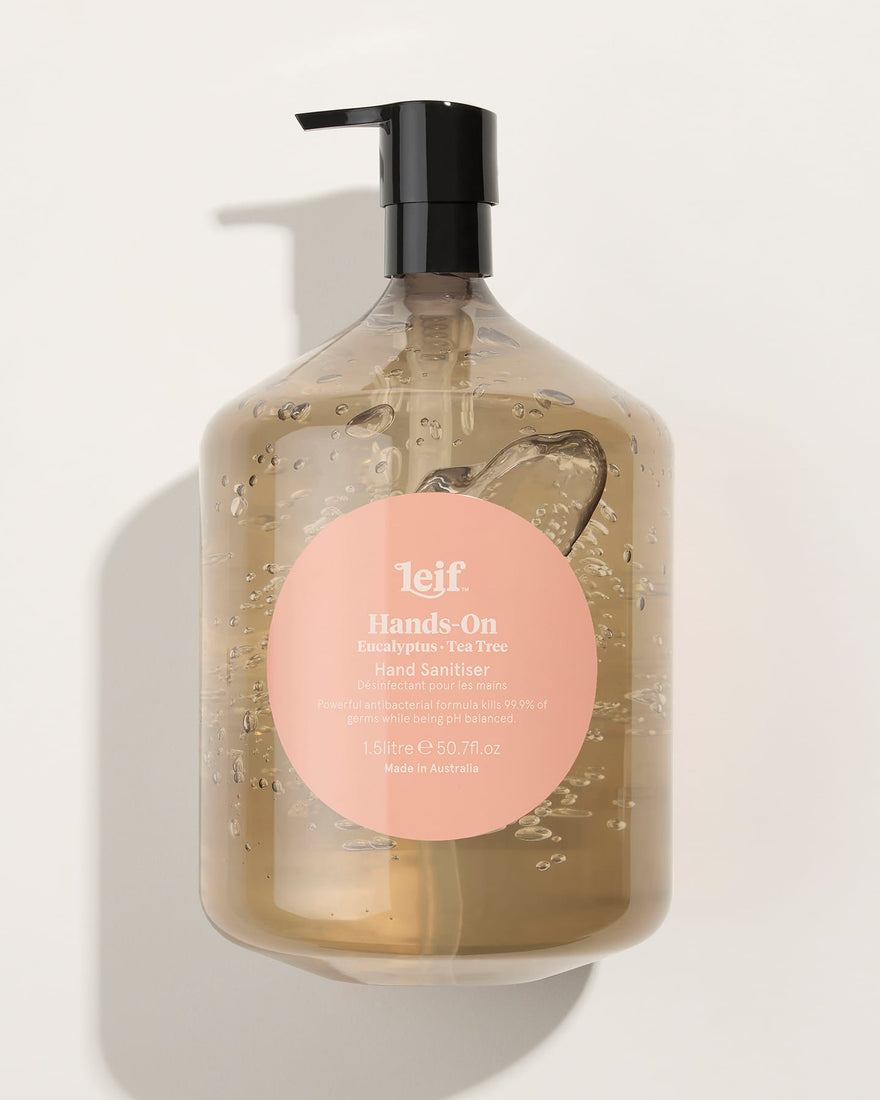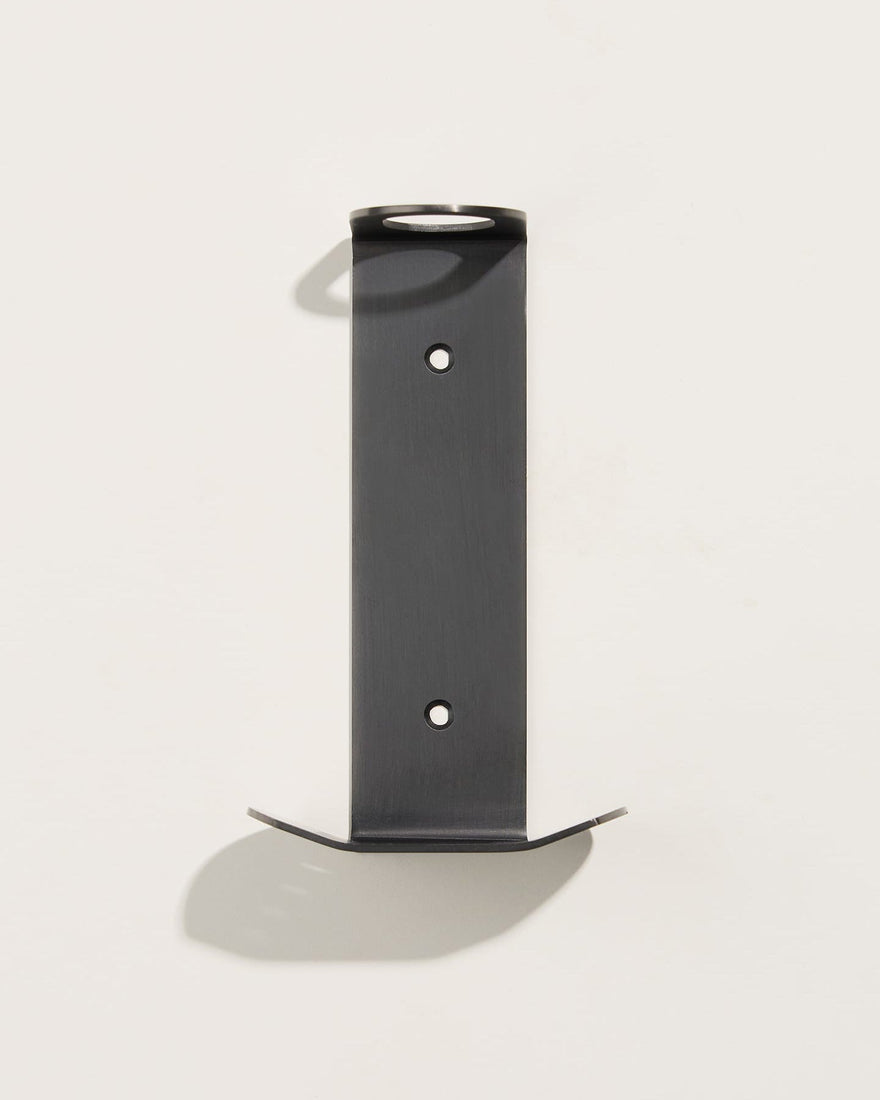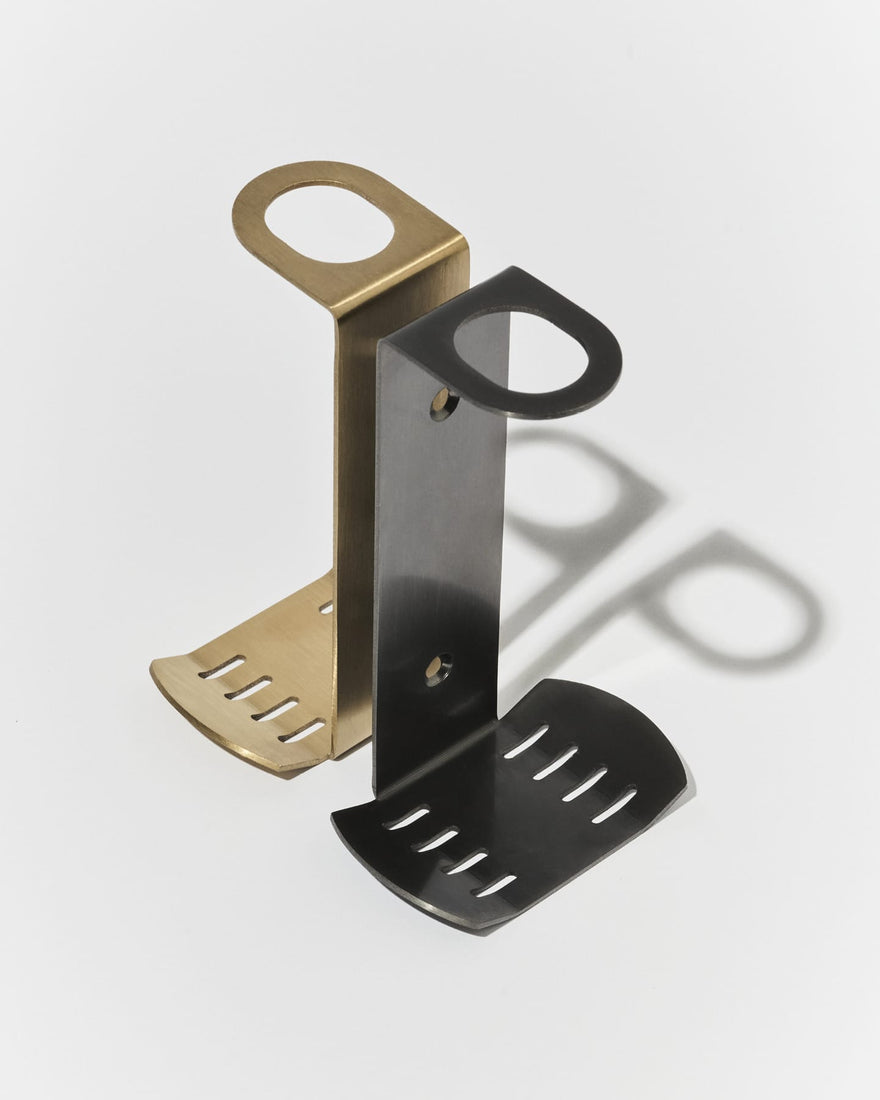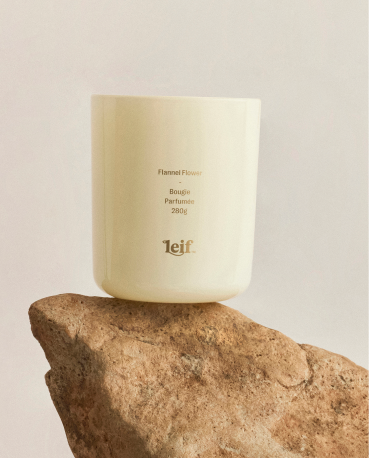Founded in 1994, Kerstin Thompson Architects (KTA) has established itself as a significant and innovative reference point in Australian architecture and urban design. The practice focus is on architecture as a civic endeavour with an emphasis on user experience and enjoyment of place.
LEIF partner venue Bundanon is a clear expression of KTA’s values — architecture shaped by place, purpose, people, and sustainability. We caught up with KTA Director and Principal Kerstin Thompson to discuss her design approach to the creation of Bundanon Art Museum and The Bridge.

“Every project, regardless of size, budget or program, is an opportunity for an idea. It’s always about finding clarity of intent to drive the design forward and to synthesise all the considerations at play.”


Can you share more about your background and what led you to architecture?
During my studies, I worked in several practices in Australia and Italy. These early experiences exposed me to desirable and less desirable industry practices. At the time, it was often assumed that the price for design excellence was low pay and long hours. No work-life balance.
So I aspired to establish a practice that combined design integrity and practice leadership with family life, a studio where people could be themselves.
After 4 years teaching at RMIT, I started the practice in 1994. I had no particular plan, but I did have a hunch that an architectural practice could rethink some of the questionable myths foundational to its most celebrated figures, and question the role of “The architect” – typically male, and depicted as in control, uncompromising. That it could be possible to be a good listener, sensitive to people’s needs and also produce architecture of great clarity and integrity.

What are the foundational principles that define your work?
Buildings that endure – both materially and culturally. Ones that people, maybe for generations, remain attached to because they feel supported by them, their values, their community feel well ‘held’ by them.
Gentle Strength - an approach that combines opposites and favours subtle expression and graciousness over force. This underpins our capacity to work sensitively with or alongside culturally and historically significant buildings and landscapes, to contribute new ones as companions.
Generating and delivering design excellence that will make a significant contribution to the everyday life of a range of people – public housing residents, university students, our suburban street life. Connecting people with each other and with place.
“How might the design of public architecture respond to the impacts of climate change? Bundanon Art Museum and Bridge shifts design thinking about climate adaptation from problem to opportunity. It incorporates solutions defendable against fire and flood with a net-zero energy target.”


What inspired your vision for Bundanon, and how did it take shape?
The project interrelates art, landscape, and climate.
Gifted to the Australian people in 1993 by Arthur and Yvonne Boyd, Bundanon is located on the land of the people of the Dharawal and Dhurga language groups adjacent to the Shoalhaven River, near Nowra. The purpose of Bundanon is to foster an appreciation for and understanding of art and environment. So these works enable it to expand as a centre for creative arts, education, research and ideas and open up the $46.5M collection, previously hidden, to the public with an art museum of national and international significance. Bundanon, repositioned as a regional gem, for all.
Developed as a suite of buildings and landscapes, the concept integrates the many aspects of the site’s history (Indigenous, Pastoral, The Boyds’, Education Trust) to work as a rich ensemble of distinct historic and cultural periods in the site’s evolution.
The new works comprise of site infrastructure and two buildings - the Art Museum embedded in the landscape and The Bridge, a Creative Learning Centre with accommodation, suspended above a gully. This core visitor program is collocated adjacent to the historic Boyd cluster to achieve an accessible, centralised and single heart, of existing and new, united by a common level, Forecourt and Arrival Hall.
The concept both preserves and transforms, is equal parts subtle and dramatic. Renown aspects of the current setting especially around the Boyd Education Centre by Murcutt, Lewin, Lark are maintained while an array of new and compelling visitor experiences are enabled. The multi-disciplinary approach to the site masterplan embeds a major shift in thinking about significant landscapes: from a purely picturesque to an ecological one that takes account of the natural and extended environmental systems at its heart.
What were the most significant challenges during the build, and how did you navigate them?
Construction happened during the COVID-19 epidemic. So access to the site for the design team was sporadic and carefully controlled, exacerbated because we were Melbourne-based and interstate travel was subject to stringent approval requirements. We’d make the most of the occasional access by staying on site for an extended period as a way to resolve as many issues as possible, knowing that the next visit may have to be delayed. But the collective spirit between KTA and the contractor Adco really made the best of a difficult situation. It was a terrific partnership of mutual respect.

What sustainability, cultural, and environmental considerations guided the design and material choices for Bundanon?
It incorporates radical solutions to a changing climate with a net zero energy target and will be defendable against fire and flood which for millennia have shaped this landscape. The building and landscape design approach was necessarily driven by resilience, resistance and ecological repair.
The Art Museum, with Collection Store, is resistant to fire. It is subterranean. Precious artworks are housed and exhibited in an underground building, which protects the works from diverse climate conditions and offers thermal stability in the form of the reinstated hill, reducing the demand on mechanical systems.
By contrast, the Bridge is flood resilient. Treated as flood infrastructure, the architecture supports rather than impedes the overland flow and sporadic floodwaters below it. A 165-metre-long by a 9-metre-wide structure that at one end abuts the Art Museum within the sloping hillside, bridges the reinstated wet gully and accommodates 32 bedrooms, breezeways, creative learning, dining spaces and a public cafe.
This response also engenders an appreciation for climate and its vicissitudes. The thermal stability of the subterranean museum, the feeling of coolth from being within the hill is counterpointed by being on The Bridge, which, in the spirit of Boyd’s practice of painting en plein air, is where climate variation is central to visitor experience.


1. What is your favourite space at Bundanon?
The breezeways, but especially the one over the wet gully. The feeling of being suspended high up and looking towards ‘Arthurs Hill’ is sublime.
2. What are you currently reading?
Naku Dharak - The Bark Petitions by Claire Wright. A riveting story of the Yirrkala Bark Petitions created by the Yolngu people of Yirrkala in 1963, the significance of the petitions in Australian democracy. There’s an oblique link here, for me, to Bundanon because it’s where I was first introduced to Yolnu people and their remarkable culture via the extraordinary exhibition Miwatj Yolnu - Sunrise People held in the Museum 2023.
3. What materials are you currently drawn to?
I can never pick a favourite but of my favourites they tend to be dark, intense ones that form shadows or recreate the night sky or bring out the colours and textures of our unique landscapes especially when combined with our beautiful, Australian timbers like black butt or spotted gum. You can see all these motives at work in the accommodation rooms at Bundanon. I especially love the dark blue colour we selected from one of Arthur Boyd’s paintings featuring a night sky.
4. An item you just can't live without?
My dining table. It was made by my dad out of very long lengths of huon pine, intended for a boat that never eventuated. We live every day around that table that, because of its length, can simultaneously accommodate dining, studying, working, reading, etc.
5. What would be your dream design project?
I think it's what you bring to a project, even the most seemingly ordinary kind, that makes it a potential dream project. Having said that, if the combination of a most remarkable landscape, with a rich and ancient history, and a thoroughly courageous and enlightened client is the recipe for a dream project, then Bundanon was it. We are appreciative of the opportunity to contribute to this exceptional place and community.


Established in 1993, Bundanon was gifted to the Australian people by Arthur and Yvonne Boyd, representing one of the most significant acts of philanthropy in the history of the arts in Australia. Bundanon is located on 1,000 hectares of bush and parkland overlooking the Shoalhaven River, on the South Coast of New South Wales, two and a half hours from Sydney.
Bundanon’s mission is to operate the property as a centre for the creative arts and education, for scientific research and a place to explore landscape and engage with First Nations history and culture. The Bundanon Collection features some 1,448 works by Arthur Boyd together with Boyd’s contemporaries including Sidney Nolan, John Perceval, Joy Hester and Charles Blackman. Bundanon’s residency program and its learning programs, are an investment in Australia’s future. The Learning program is inclusive and designed for all ages, and within this welcomes around 5,000 school students for day or overnight visits each year. Bundanon’s Artist in Residence program is the largest program of its kind in Australia and spans a 30-year history. Every year, more than 200 artists and researchers from across artistic disciplines are in residence, embracing the visual and performing arts, literature, science, dance, music and environmental research. This provides important career opportunities for artists and researchers to develop their work in an inspiring environment. Bundanon is supported by the Australian Government through the Department of Infrastructure, Transport, Regional Development and Communications’ Office for the Arts, Create NSW, the University of Wollongong, Landcare Australia, and a range of other foundations, bequests and philanthropic contributions.
The Bridge, Bundanon — Photography by Zan Wimberley, Katherine Lu and Jacquie Manning.
The Shoalhaven River (view from Bundanon); Art Museum, Bundanon; The Boyd Collection Gallery; Breezeway, The Bridge; The Bridge (interior) — Photography by Jacquie Manning.


